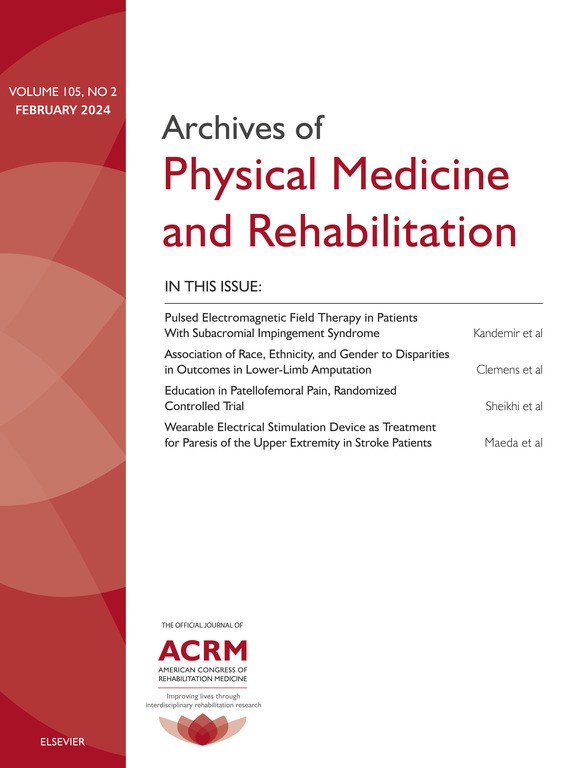
Home-based constraint induced therapy efficacious for unilateral cerebral palsy

Home-based constraint induced therapy efficacious for unilateral cerebral palsy
Improvement of upper extremity motor control and function after home-based constraint induced therapy in children with unilateral cerebral palsy: immediate and long-term effects
Arch Phys Med Rehabil. 2014 Aug;95(8):1423-32. doi: 10.1016/j.apmr.2014.03.025. Epub 2014 Apr 14.Synopsis
45 children aged 6-12 years with a diagnosis of congenital unilateral spastic cerebral palsy (CP) were randomized to either receive home-based constraint induced therapy (CIT) or traditional rehabilitation therapy. The purpose of this study was to examine and compare the neuromotor control strategies underlying functional improvement. Results indicated that although PDMS-2 grasping subscale, subt...
To view the full content, login to your account,
or start your 30-day FREE Trial today.
FREE TRIAL
LOGIN
Forgot Password?
Explore some of our unlocked ACE Reports below!

Learn about our AI Driven
High Impact Search Feature
Our AI driven High Impact metric calculates the impact an article will have by considering both the publishing journal and the content of the article itself. Built using the latest advances in natural language processing, OE High Impact predicts an article’s future number of citations better than impact factor alone.
Continue



 LOGIN
LOGIN

Join the Conversation
Please Login or Join to leave comments.